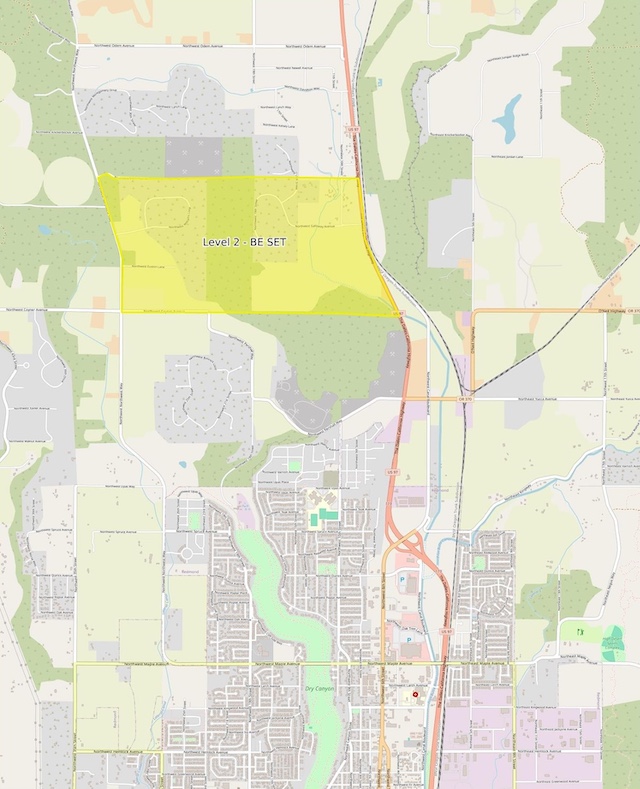North Unit photovoltaic project planned to be operational by 2026
Published 5:00 am Tuesday, September 3, 2024

- Development of a $5.7 million floating photovoltaic solar panel project is planned to start in the fall in the North Unit Irrigation District.
The North Unit Irrigation District is getting into the solar energy game. The district, located in Jefferson County, has started laying the groundwork for solar energy production planned to go online within two years.
The irrigation district has partnered with Atlanta-based Emrgy, a technology company that specializes in the installation of hydrokinetic and solar power systems. The two plan to install a network of floating solar panels in the North Unit main canal, where it runs past Madras.
Energy from the panels will be transmitted into PacifiCorp’s distribution network. Oregon state law requires large utilities, such as PacifiCorp, to purchase renewable energy — by 2025 a quarter of the utility’s energy must be from renewable sources.
Development of the $5.7 million floating photovoltaic solar panel project is planned to start in the fall of 2025 with completion ahead of the 2026 irrigation season, said North Unit Manager Josh Bailey.
Steve Johnson, senior director of business development for Emrgy Inc., said the flat topography of the area, the width of the canal and its lack of curves, all combine to make this a good subject area for solar panels. The water is also flat and calm in this area, another plus when placing solar panels in a canal.
“It’s a perfect location, and it’s really close to Pacific Power’s power lines. They have capacity on those lines to take power from the project,” said Johnson.
Annual revenue generation
Bailey estimates his district could earn around $60,000 annually from the project. North Unit is investing $2.55 million into the project, and Emrgy’s cost share is $3.16 million. North Unit’s portion comes via a grant from President Biden’s Inflation Reduction Act.
Those funds were announced in April as part of a $19 million investment into similar projects across the United States.
Once the system is online, the project will generate 1.2 megawatts of power from panels inside the North Unit main canal. The project will include 2,178 floating solar panels over a distance of 0.8 miles.
The panels stay in the canal even when it has no water, so the project is still generating energy in the winter months.
The placement of floating solar panels in the main canal could evolve if the district can raise enough funds to pipe the canal. The panels could be moved somewhere else or even placed on top of a future pipe, said Bailey.
Lowering costs
Once the project becomes operational, the two investors will share the funds earned from Pacific Power, with North Unit receiving 35% of the project’s revenue.
Cash raised from the sale of solar energy generated in the canal will be used to lower the water bills for North Unit district patrons — critically important in an era when farmers’ costs are rising for fertilizer, machinery and labor.
“Our patrons pay a per-acre cost for receiving water,” said Bailey. “This and other hydro projects are alternative sources of revenue, which are used to fund the district so that the patrons’ costs are lower.”
Bailey said the current photovoltaic system could be the first of many to come, but the plan for now is to take it one project at a time.
“There is enormous potential for scaling the project once we get over this first hurdle and get the bugs worked out,” said Bailey.





